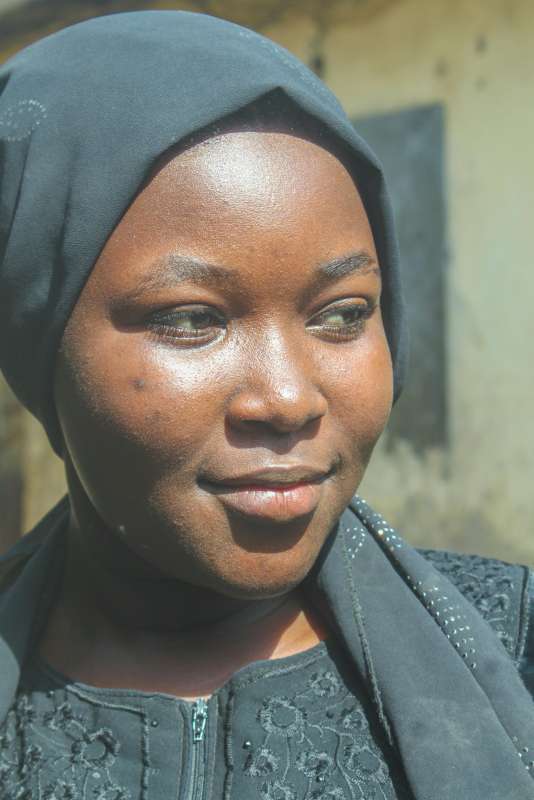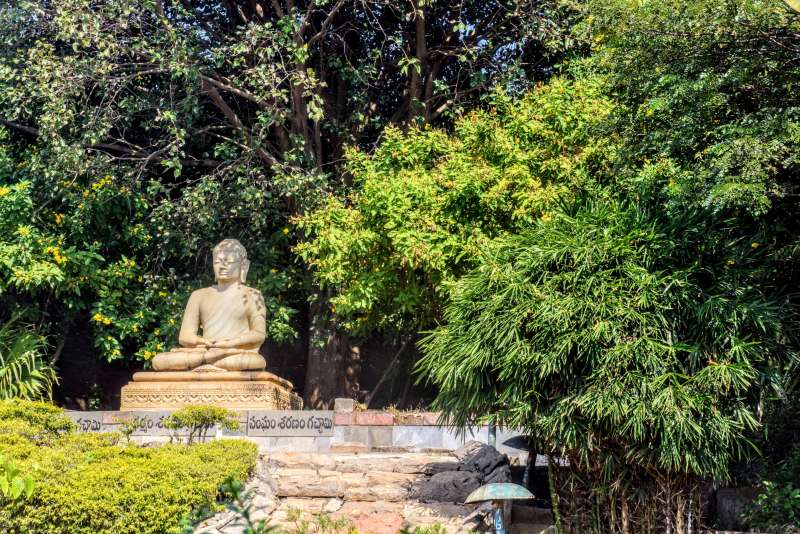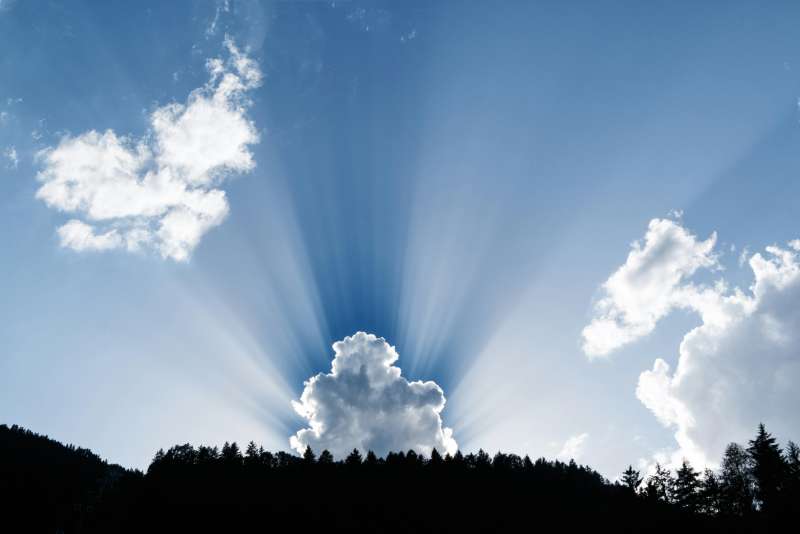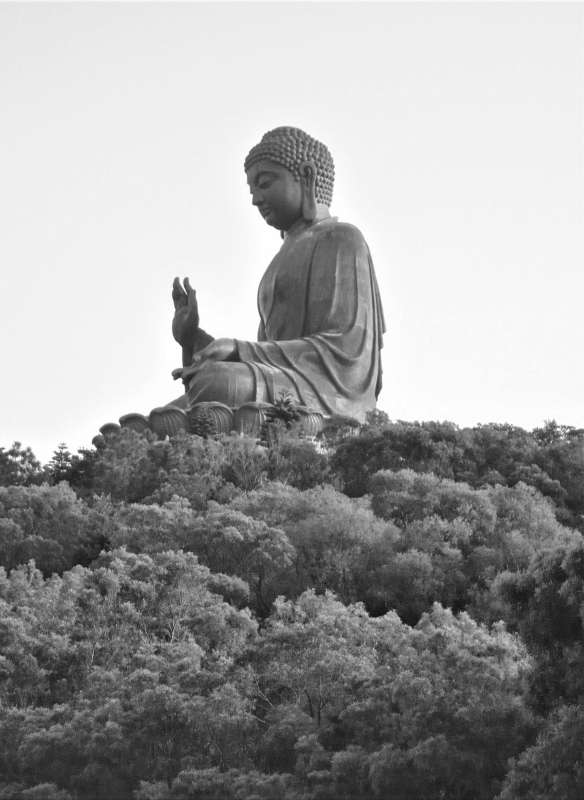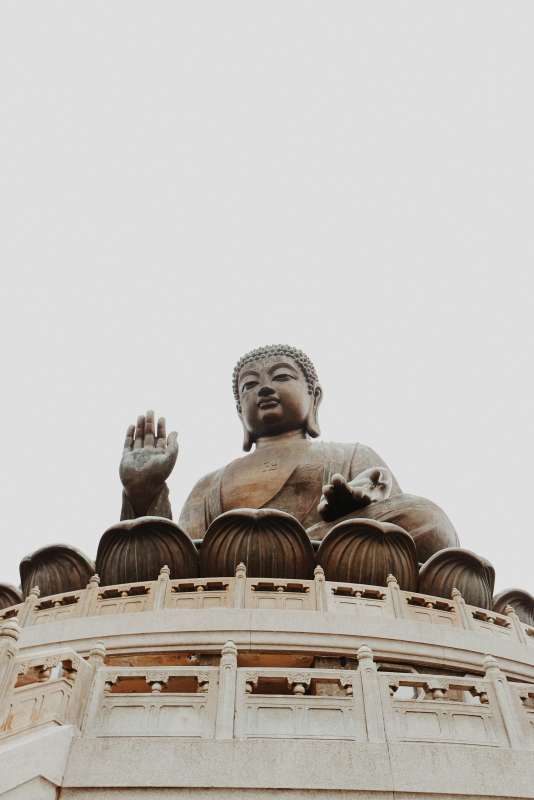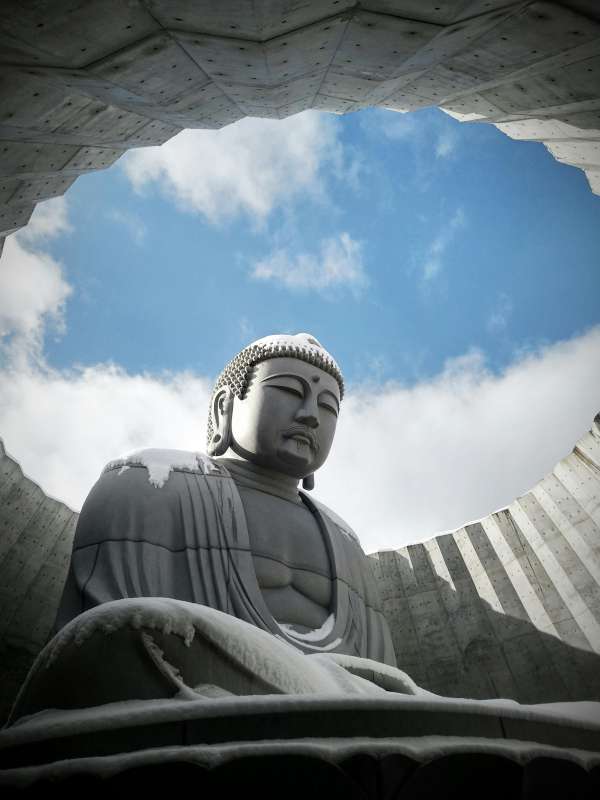The Festival of the New Fire: Cultural Transitions Among the Dogon People
Published on: May 2, 2025
Dogon Cosmology: Foundations Woven in the Stars
The Dogon people, living in the Bandiagara Escarpment region of Mali, are internationally renowned for their extraordinary cosmological systems which interlink myth, astronomy, and daily ritual. One of the most fascinating aspects is their knowledge of the Sirius star system, known to the Dogon as 'Po Tolo' (the smallest star), well before it became widely established by Western astronomy. According to Dogon mythology, the universe was created by Amma, a supreme god. Amma's act of creation is mirrored in almost every aspect of Dogon life, from grain cultivation to the carving of ritual masks. The belief in cosmic cycles and dualities underpins much of Dogon worldview—male and female, light and darkness, order and chaos.
Their ethnoastronomy is not limited to the physical stars; it encompasses philosophical principles. The Dogon see a clear connection between the heavens and human society: order in the world reflects the balance among celestial bodies. Each family, each clan, is seen as a microcosm of this cosmic harmony. The Sirius myth is particularly notable: the Dogon assert that Sirius has a companion star that is invisible to the naked eye—Sirius B—which they refer to as 'Digitaria'. This was documented by French anthropologists Marcel Griaule and Germaine Dieterlen, sparking debates about the origins and implications of this astronomical knowledge.
The Festival of the New Fire: A Ritual of Renewal
The Festival of the New Fire, known locally as 'Sigui', is among the central rites that encapsulate the Dogon's spiritual and cultural universe. Occurring once every sixty years, the festival represents both an ending and a new beginning—a communal opportunity to rekindle the spiritual and social energies of the community. In Dogon belief, the renewal of fire is linked to the regeneration of the cosmos itself. Sigui is not a single event but an extended rite lasting several years, traversing all the Dogon villages.
Central to the festival is the extinguishing of all existing fires and the ceremonial ignition of the New Fire, symbolizing a rebirth and a return to primordial order. Traditional firesticks are employed, echoing the actions of mythic ancestors. The lighting of the New Fire is accompanied by offerings—millet, beer, and sometimes animal sacrifices are made to Amma and other spirits, requesting fertility, social harmony, and guidance for the years ahead. The rite binds together the living, the ancestors, and divine forces.
Masked Dances: The Visual Poetry of Spirit
Accompanying the New Fire festival are the Dogon’s famous masked dances—an event that captures the interplay of material and spiritual realms. Each mask, painstakingly carved and painted, represents a specific spirit (or 'wé'), ancestor, animal, or cosmic force. Performers don elaborate costumes and move in choreographed patterns, believed to mediate between invisible spiritual dimensions and the human world. There are dozens of mask types, from the towering 'Kanaga', resembling a stylized human figure with outstretched arms, to the 'Satimbe', which honors mythical women.
The ritual dances are not merely displays; they are thought to ensure the correct passage of cosmic energy and guarantee village well-being. Each mask’s movement, color, and symbolism are dictated by tradition. As the masks circle the New Fire, the dancers' feet stomp out stories and prayers in dust, recalling the first creation and the promise of future fertility. The community surrounds the performers, singing songs whose lyrics recall Dogon origin myths and recent histories. It is said among the Dogon that the rhythm of the drum is the heartbeat of Amma himself.
Animal Sacrifice and Offerings: Negotiating Favor With the Spirits
Sacrifice holds a pivotal role in the cycle of Dogon festivals, particularly during Sigui. Offerings represent a living contract between villagers and their ancestors, the gods, and even the deified forces of nature. In a typical ceremony, a respected elder—usually the hogon, the spiritual leader—supervises the offerings. Chickens, goats, or sheep may be sacrificed, and their blood offered to the earth. Ritual libations of millet beer and the placement of prepared food before ancestral altars are believed to maintain social and cosmic balance.
Some rituals also involve the preparation of traditional altars, built from stone and clay, representing the first mound of earth created by Amma. These altars are daubed with blood and beer, binding the ancestors’ spirits to ongoing village life. Women, generally excluded from sacrifice but crucial as singers, maintain the continuity of ritual through their songs. The act of sacrifice is uniquely collaborative: the entire village mobilizes, forging bonds of solidarity and sacred obligation.
Myths of Sirius and Cosmic Transition
No discussion of the Dogon can forgo their famed connection to the star Sirius. The mythology of Po Tolo (Sirius B) weaves tightly into the narrative structure of the New Fire festival. According to Dogon oral tradition, the movements of Sirius and its invisible companion herald major transitions in human society—birth, death, renewal, drought, and rainfall. The astronomical significance is not purely observational; it is transfigured into social and ritual structures.
Dogon elders claim that the Sigui festival echoes the movements of the Sirius system. The seventy-year cycle of the festival is meant to synchronize with specific celestial motions, aligning the people with the cosmic order. During Sigui, the spiral patterns traced in dust by dancers are a symbolic reenactment of the cosmic dance between Sirius A and B. The mythic ancestor Lebe, who led the Dogon to their present homeland, is believed to have arrived under the auspices of Sirius. Star myths, thus, are intimately connected with ritual practice and the affirmation of group identity.
Community and Social Transitions During the Festival
The Sigui festival and other rituals connected to the New Fire also serve to mark vital social transitions. Boys and girls approaching adulthood are initiated during its cycles, learning sacred knowledge, clan histories, and responsibilities. The entire society is mobilized: elders interpret omens, blacksmiths craft new tools and masks, and women brew millet beer as offerings. Social hierarchies are affirmed and sometimes subtly renegotiated through festival proceedings, with the hogon holding ceremonial supremacy. Nonetheless, the communal organization required by the scale of the event often allows for dialogue, renewal of relationships, and sometimes even the resolution of previously unaddressed conflicts.
Marriage arrangements, dispute arbitrations, and even the welcoming of guests from neighboring ethnic groups often coincide with the festival period. Outsiders are invited to witness the wonders of Dogon ritual, which strengthens both internal solidarity and external reputation. As old fires are extinguished and new ones blessed, so too are social differences reconciled and realigned. The intensity of the event ensures that the lessons of the ancestors are not simply learned but embodied by each generation.
An Oral Account: Old Sekou’s Memory
Stories are the vessels that carry Dogon tradition. In 2011, in a stone hut overlooking the Bandiagara cliffs, an elder named Sekou related his memories of the last Sigui festival: "When I was a boy, we watched the old fire burn lower until all that remained was blackness. The hogon walked to the center of the circle carrying the two sticks — wood from the oldest baobab and fresh millet — the spirits watching. No one could speak. When the new fire sprang up, everyone shouted! My grandfather danced with the Kanaga mask, and we ate together. They told us, 'Now you are ready to see and listen.' That day, I learned the story of Po Tolo and why we must respect the sky and each other. Even now, I remember the taste of millet beer and the sound of their feet in dust — the world was made new again."
Dogon Festival Through the Lens of Anthropology
The New Fire and related Dogon festivals have attracted the attention of scholars since the early 20th century. French anthropologist Marcel Griaule spent decades living among the Dogon, learning their language and recording their stories. His monumental work, in collaboration with Germaine Dieterlen, documented not only the outlines of ceremony but also elaborate cosmological ideas. Some of Griaule’s claims—such as the Dogon awareness of Sirius B—have been met with both awe and skepticism; nevertheless, his research revealed the depth with which ritual, astronomy, narrative, and social function are woven together in Dogon life.
More recent researchers have emphasized the need to situate Dogon practices in their West African context, drawing connections between Dogon, Bambara, and neighboring Fulani traditions. Yet the New Fire festival and its cosmic associations remain uniquely Dogon. For participants, the festival is not an archaeological relic but a living contract among people, stars, ancestors, and deities.
Material Culture: Masks, Fire, and Sacred Spaces
The making of festival masks and the preparation of fire sticks are traditions passed from father to son. Masks are carved from single pieces of wood, decorated with plant dyes, ochres, and cowrie shells. Each is kept in special caves or sanctuaries when not in use, believed to be inhabited by the spirits they represent. The fire-sticks used for Sigui are never seen by uninitiated eyes beforehand; they are cut, dried, and prepared in secrecy, with rituals to ensure their purity. Clay altars, sometimes painted with geometric designs, anchor the space of ceremony and invoke the very first act of creation. In the Bandiagara cliffs, ledges dotted with dozens of ritual shrines reflect the ever-present connection of the sacred and the everyday.
Modern Transformations: Continuity and Change
In recent years, the Dogon communities have faced new challenges: urbanization, shifting economies, and occasional conflict have threatened the continuity of certain traditions. Yet the festival of the New Fire and its related rituals have remained resilient. While some symbols have adapted—masks have become popular tourist icons and festivals attract curious outsiders—the inner meaning remains rooted in Dogon cosmology and social order. Festivals now serve both as sacred rituals and as affirmations of cultural identity in a globalizing world.
A new generation of Dogon youth, schooled in both ancestral lore and contemporary realities, navigate these transitions by adapting tradition without abandoning its heart. The New Fire thus continues to blaze, not just in wood and flame, but in the persistence of memory, song, and the pulse of Dogon story.
